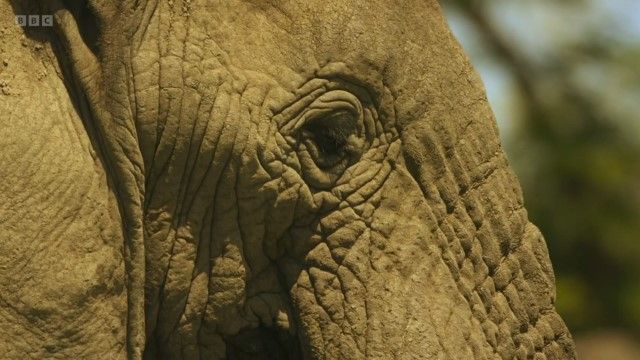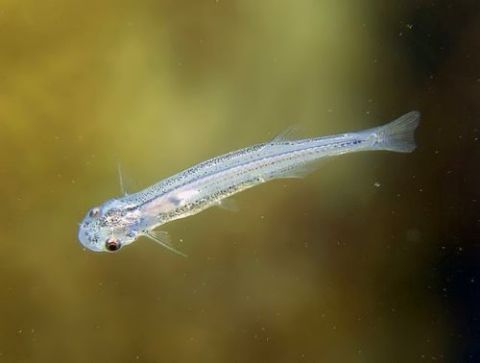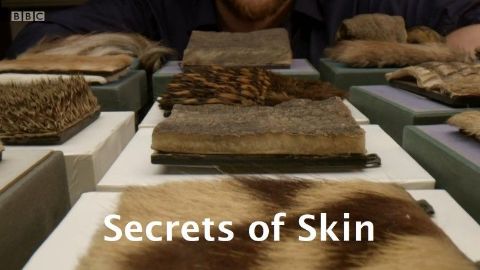Attenborough's Life that Glows • 2016
Luminous beings, creatures with their own internal light, enchant and astonish us. Anyone who has seen a firefly or a glow-worm cannot help but fall under their spell. The sea at night sparkles as millions of luminous plankton reveal the shapes of dolphins in a truly magical light show. But why do animals produce living light? For centuries we could only marvel at the beauty and the mystery, but now for the first time we can begin to reveal the amazing truth about living lights. It has taken three crucial technological breakthroughs. Firstly, colour cameras have improved dramatically; they are now over 4,000 times more sensitive than a decade ago. The cameras are so sensitive they are revealing startling discoveries that until now we could not see. Secondly, scientists have entered the unknown world of the boundless deep open ocean with the help of a new generation of submersibles and robots. Thirdly, Ammonite Films have invented and built a series of unique cameras that can capture the faintest ephemeral glow of luminous life. By combining these three innovations, this film shows creatures and behaviours never seen before. Sir David Attenborough is our guide as we venture into a new hitherto unseen world. Bioluminescence is everywhere: in the soil, on the land and throughout the oceans. Join Sir David Attenborough and a team of the world's leading scientists and deep sea explorers on a quest to reveal the secrets of living lights.
Make a donation
Buy a brother a hot coffee? Or a cold beer?
Hope you're finding these documentaries fascinating and eye-opening. It's just me, working hard behind the scenes to bring you this enriching content.
Running and maintaining a website like this takes time and resources. That's why I'm reaching out to you. If you appreciate what I do and would like to support my efforts, would you consider "buying me a coffee"?
Donation addresses
BTC: bc1q8ldskxh4x9qnddhcrgcun8rtvddeldm2a07r2v
ETH: 0x5CCAAA1afc5c5D814129d99277dDb5A979672116
With your donation through , you can show your appreciation and help me keep this project going. Every contribution, no matter how small, makes a significant impact. It goes directly towards covering server costs.





